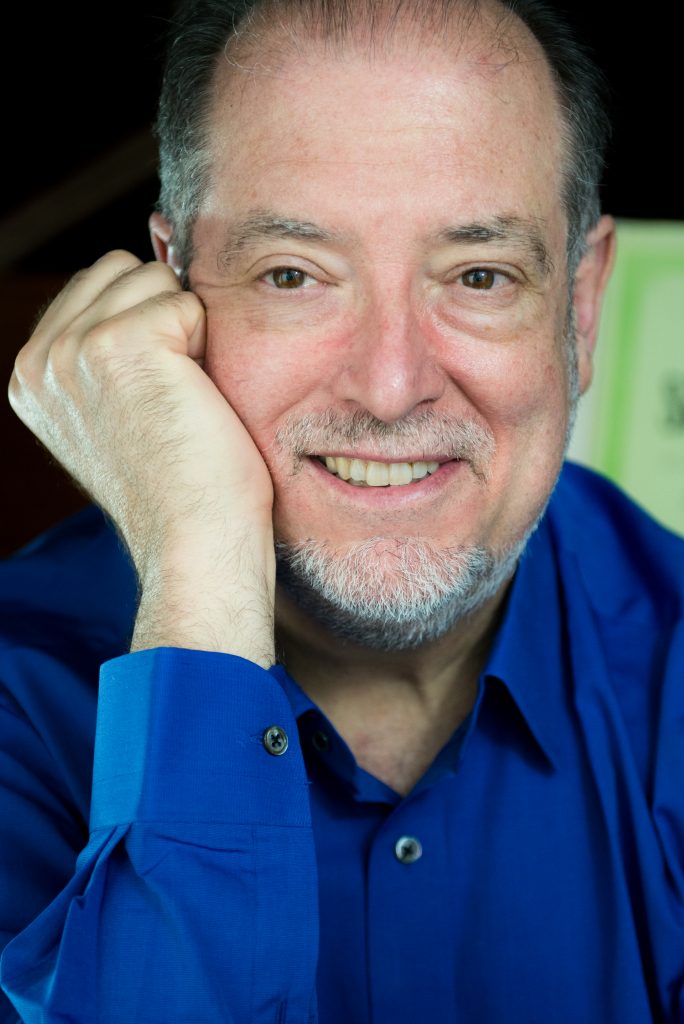Garrick Ohlsson’s Definitive Brahms Recital at The Conrad
Garrick Ohlsson returned to The Conrad in downtown La Jolla Saturday, November 9, to play another all-Brahms piano recital. With his evident affection for the repertory, his superlative technique, and his insight into what makes Brahms’ piano music distinctive, his recital also turned into a graduate level master class for anyone who plays piano or has ever studied the instrument.

Garrick Ohlsson [photo (c) Mark McBeth]
Because of the composer’s affinity to symphonies, sonatas, string quartets and other traditional chamber music genres, music historians have made Brahms the poster child for the 19th century’s conservative musical camp. The flair and ebullience Ohlsson brought to Brahms’ F Minor Sonata, which the composer completed at age 20, reminded us that his rambunctious, explosive themes were every bit as radical as those of Chopin and Liszt—Brahms simply chose the sonata as the vehicle to bind together his imaginative themes.
Ohlsson’s vibrant attacks unleashed the power of the opening Allegro maestoso, but he never sacrificed the transparency of these mighty textures as he suavely delineated Brahms’ perky, asymmetrical themes. His left hand danced over the keyboard, bringing out vibrant contrapuntal ideas even a symphony first chair contrabass player might strain to subdue.
I was mesmerized by Ohlsson’s soulful Andante espressivo: he sculpted its broad, burnished themes employing the piano’s richest, most appealing colors. We heard more of these colors—and themes—in the fourth movement as Ohlsson developed them with his compelling but never overplayed dramatic acuity.
Although Ohlsson’s athletic Scherzo and grandly paced Finale surely pleased members of the audience who expect spectacle from their recitalists, he never compromised the integrity of his playing and sumptuous sonority for mere exuberant display.
He opened the recital with the Op. 79 Rhapsodies, assertive, crowd-pleasing works in which Ohlsson quickly established the polished, empyrean standards to which he would hold himself—and the expectations of his audience. In the seven compact but always rewarding episodes of the Op. 116 Fantasies, Ohlsson shrewdly developed the specific musical virtues of each one, interpretations brimming with keen insight and technical finesse.
The extreme technical challenges of Brahms’ two sets of Variations on a Theme of Paganini are indeed legion, but they were far from my mind as I listened to Ohlsson craft these 14 short movements as jeweled miniatures of exquisite charm and beauty.
For his encore, Ohlsson chose Claude Debussy’s “Claire de lune,” a delicate sorbet following a resplendent feast.
This recital was presented by the La Jolla Music Society on November 9, 2019, in the Baker-Baum Concert Hall at The Conrad in downtown La Jolla, CA.

Ken Herman, a classically trained pianist and organist, has covered music for the San Diego Union, the Los Angeles Times’ San Diego Edition, and for sandiego.com. He has won numerous awards, including first place for Live Performance and Opera Reviews in the 2017, the 2018, and the 2019 Excellence in Journalism Awards competition held by the San Diego Press Club. A Chicago native, he came to San Diego to pursue a graduate degree and stayed.Read more…

Thank you, Garrick Ohlsson! A never-to-be forgotten performance.
LJMS, please engage Garrick Ohlsson to play the remaining three concerts in his five part Brahms Exploration.